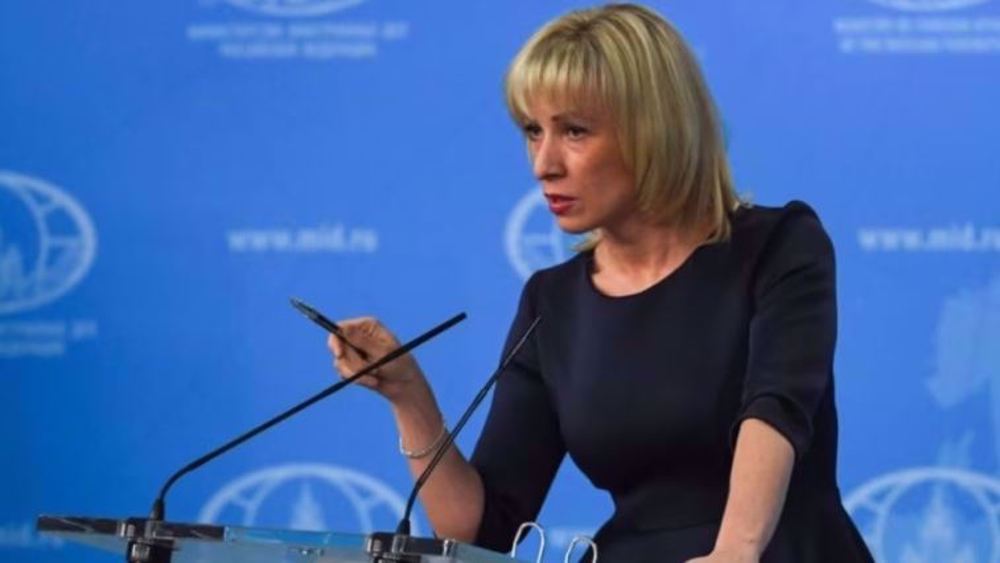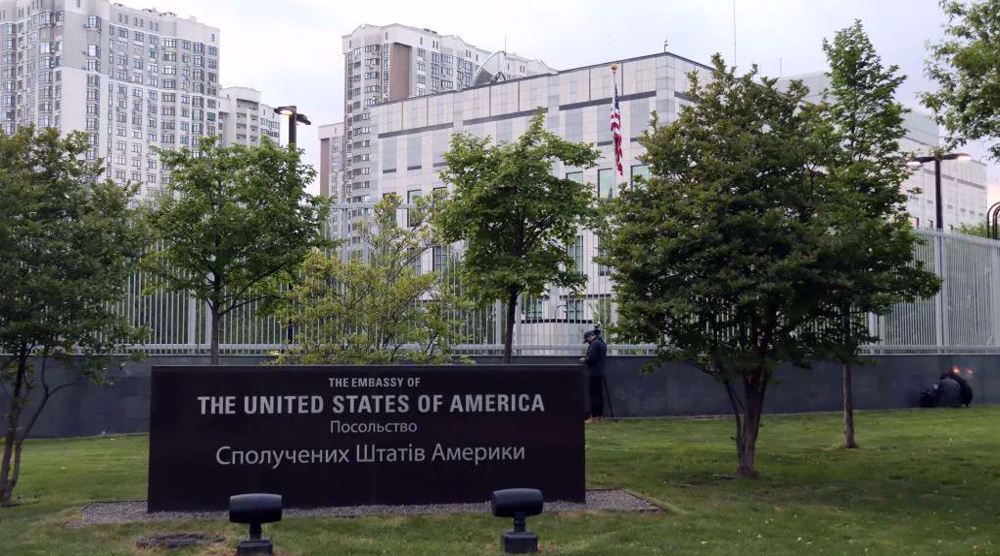US says producing banned cruise missile after suspending INF treaty with Russia
The United States is producing a new cruise missile after suspending a Cold War treaty with Russia that banned the use of such weapons, the US Defense Department has confirmed.
Michelle Baldanza, a Pentagon spokeswoman, announced on Monday that the military was fabricating parts of a new ground-launched cruise missile (GLCM).
The move comes weeks after the administration of President Donald Trump suspended the Intermediate-range Nuclear Forces (INF) treaty for three months, and said it would withdraw completely unless Russia dismantles the 9M729 ground-launched cruise missile.
Washington has complained for over six years that the Russian weapon is in violation of the INF. Singed in 1987, the treaty banned the US and the former Soviet Union from creating ground-launched nuclear-capable missiles with ranges from 500 to 5,500 kilometers.
Russia has rebuffed US claims by showcasing the missile to journalists and revealing many of its sensitive specifications to ensure the international community that the Trump administration is being dishonest.
Read More:
- Russia demands US destroy missiles in Europe
- Putin halts pact after US exit, wants supersonic missiles
Baldanza said Monday that Washington had already started to work on new “treaty-compliant research and development of conventional, ground-launched missile concepts” since late 2017.
However, she said the Pentagon only started to fabricate “components to support developmental testing of these systems” after the INF suspension because it “would have been inconsistent with our obligations under the treaty.”
She insisted that the new GLCM was conventional and not suitable for delivering nuclear payloads.
The spokeswoman added that Washington was determined to push ahead with the development work now that it was no longer bound by its INF obligations but said it was up to Russia to decide what happens next.
“This research and development is designed to be reversible, should Russia return to full and verifiable compliance before we withdraw from the treaty in August 2019,” Baldanza said.
Reciprocating the US move, the Kremlin announced in early March that Russia was suspending its participation in the INF over US violations of the treaty.
This is the first time since the 1980s the US is building a new GLCM. Back then, Washington deployed cruise missiles in Europe as a response to the Soviet Union’s deployment of the nuclear-tipped SS-20 intermediate-range ballistic missile.
A familiar pattern
Washington has a long track record of tying major weapons upgrade plans to an external threat in order to convince the taxpayers.
The Pentagon announced in August 2017 that it had hired Boeing and Northrop Grumman to develop a replacement for the US Air Force’s arsenal of ageing Minuteman III intercontinental ballistic missiles (ICBMs) and cruise missiles.
The Air Force has estimated that the project would cost US taxpayers at least $62 billion. However, the Pentagon's office of Cost Assessment and Program Evaluation (CAPE) says the costs would surpass $85 billion.
Back then, Washington used an escalated war of words between Trump and North Korean leader Kim Jong-un, which saw both sides trade threats of nuclear apocalypse, to justify the move.
Just days before suspending the INF on February 1, the US announced that it had begun producing a new low-yield nuclear warhead to meet the country’s changing priorities under the revised Nuclear Posture Review (NPR).
Upon revealing the NPR, the Trump administration emphasized that it was mainly designed to counter Russia and China as the two most imminent threats to US national security.
UN rights chief ‘horrified’ by mass grave reports at Gaza hospitals
Hezbollah says launched ‘deepest attack’ on Israel since onset of Gaza war
Israel intensifies strikes across Gaza on day 200 of genocidal war
China says US still interfering in its affairs despite efforts to stabilize relations
Russia says will intensify strikes on Western weapons storage in Ukraine
‘200 days of livestreamed genocide’: Netizens react as Gaza war marks 200 days
Confirmed: Iran’s star striker Mehdi Taremi joining Italian champions Inter Milan
Google fires more employees over anti-Israel protests











 This makes it easy to access the Press TV website
This makes it easy to access the Press TV website